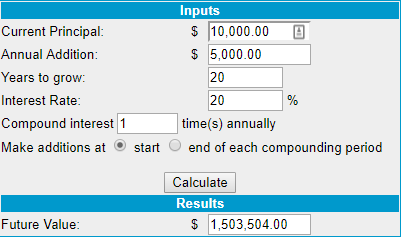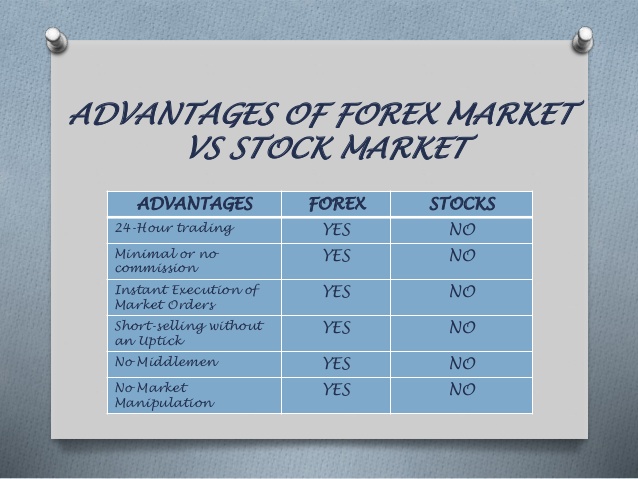
Below are some forex strategies. In this article, we'll look at the Price action strategy, the Trend trading strategy, and the Range trading strategy. Relative interest rates trading will also be discussed. If you are able to grasp these concepts, you will be well on your path to becoming a successful forex trader. You can start learning these strategies today! And remember: don't be afraid to experiment! After all, there's no reason why you can't earn some money doing it.
Strategy for price action
Price action forex strategy is a combination of looking at multiple charts simultaneously. Some currency pairs may not be in a trend. Some pairs are either sideways or ranged. Trader do not need force trendlines onto charts. This strategy uses connecting points between price levels to identify trends. Once a pattern is confirmed, the trader buys or sells at the intersection of the resistance/support. However, this strategy has its limitations.

Trend trading strategy
Trend trading is one of the most efficient forex trading strategies. It significantly increases the win rate. The strategy works on the principle of fear leading to lower prices. Trading without emotion reduces this risk. To make a profit from trend trading, it is important to be able and able to identify trends. Here are some tips and tricks to make trend trading profitable.
Range trading strategy
Traders use the range strategy when a stock has a trend or is trading within a range. A range trade is a good strategy when there is no clear trend, but if a stock breaks out of a range, it negates the range trading strategy. However, it is important to understand its limitations. A trader using this strategy should know how to recognize trends and when to exit a trade.
Relative interest rate trading strategy
An effective bond trading strategy is to pick the point on the yield curve and the slope. In order to lower rates, the Fed has been buying treasuries that have maturities between two and ten years. Once they stop buying treasuries, yields will rise and the yield curve will flatten. The yield curve will remain flat until QE3 ends, at which point rates will rise again.

Scalping strategy
The scalping strategy for forex is the most common style used by traders. It is a strategy that generates small profits on short positions. Scalpers have to trade in seconds or minutes because it requires fast reactions. They carefully watch price charts looking for patterns. They may also use short-term ticks charts. A scalper performs best with tight spreads and guaranteed order execution. He prefers little order slippage.
FAQ
What is security in the stock exchange?
Security is an asset which generates income for its owners. Shares in companies are the most popular type of security.
One company might issue different types, such as bonds, preferred shares, and common stocks.
The earnings per share (EPS), and the dividends paid by the company determine the value of a share.
Shares are a way to own a portion of the business and claim future profits. You will receive money from the business if it pays dividends.
You can sell your shares at any time.
What is a Mutual Fund?
Mutual funds are pools or money that is invested in securities. They offer diversification by allowing all types and investments to be included in the pool. This reduces risk.
Mutual funds are managed by professional managers who look after the fund's investment decisions. Some mutual funds allow investors to manage their portfolios.
Most people choose mutual funds over individual stocks because they are easier to understand and less risky.
Is stock marketable security a possibility?
Stock is an investment vehicle that allows investors to purchase shares of company stock to make money. This is done via a brokerage firm where you purchase stocks and bonds.
You can also invest in mutual funds or individual stocks. There are over 50,000 mutual funds options.
The key difference between these methods is how you make money. Direct investment allows you to earn income through dividends from the company. Stock trading is where you trade stocks or bonds to make profits.
Both cases mean that you are buying ownership of a company or business. But, you can become a shareholder by purchasing a portion of a company. This allows you to receive dividends according to how much the company makes.
Stock trading allows you to either short-sell or borrow stock in the hope that its price will drop below your cost. Or you can hold on to the stock long-term, hoping it increases in value.
There are three types: put, call, and exchange-traded. You can buy or sell stock at a specific price and within a certain time frame with call and put options. ETFs, also known as mutual funds or exchange-traded funds, track a range of stocks instead of individual securities.
Stock trading is very popular because it allows investors to participate in the growth of a company without having to manage day-to-day operations.
Stock trading can be a difficult job that requires extensive planning and study. However, it can bring you great returns if done well. This career path requires you to understand the basics of finance, accounting and economics.
What is a Stock Exchange exactly?
Companies sell shares of their company on a stock market. Investors can buy shares of the company through this stock exchange. The market decides the share price. It usually depends on the amount of money people are willing and able to pay for the company.
Companies can also raise capital from investors through the stock exchange. Investors give money to help companies grow. They do this by buying shares in the company. Companies use their funds to fund projects and expand their business.
Stock exchanges can offer many types of shares. Some of these shares are called ordinary shares. These are the most popular type of shares. These shares can be bought and sold on the open market. The prices of shares are determined by demand and supply.
Preferred shares and debt security are two other types of shares. Priority is given to preferred shares over other shares when dividends have been paid. Debt securities are bonds issued by the company which must be repaid.
Statistics
- US resident who opens a new IBKR Pro individual or joint account receives a 0.25% rate reduction on margin loans. (nerdwallet.com)
- Our focus on Main Street investors reflects the fact that American households own $38 trillion worth of equities, more than 59 percent of the U.S. equity market either directly or indirectly through mutual funds, retirement accounts, and other investments. (sec.gov)
- Even if you find talent for trading stocks, allocating more than 10% of your portfolio to an individual stock can expose your savings to too much volatility. (nerdwallet.com)
- Ratchet down that 10% if you don't yet have a healthy emergency fund and 10% to 15% of your income funneled into a retirement savings account. (nerdwallet.com)
External Links
How To
How to make a trading plan
A trading plan helps you manage your money effectively. It allows you to understand how much money you have available and what your goals are.
Before you create a trading program, consider your goals. You may want to make more money, earn more interest, or save money. You may decide to invest in stocks or bonds if you're trying to save money. You could save some interest or purchase a home if you are earning it. Maybe you'd rather spend less and go on holiday, or buy something nice.
Once you have a clear idea of what you want with your money, it's time to determine how much you need to start. This depends on where your home is and whether you have loans or other debts. You also need to consider how much you earn every month (or week). The amount you take home after tax is called your income.
Next, you'll need to save enough money to cover your expenses. These include rent, bills, food, travel expenses, and everything else that you might need to pay. These expenses add up to your monthly total.
Finally, figure out what amount you have left over at month's end. This is your net income.
This information will help you make smarter decisions about how you spend your money.
Download one online to get started. Or ask someone who knows about investing to show you how to build one.
Here's an example.
This will show all of your income and expenses so far. Notice that it includes your current bank balance and investment portfolio.
Here's another example. This was created by a financial advisor.
It will let you know how to calculate how much risk to take.
Don't try and predict the future. Instead, think about how you can make your money work for you today.